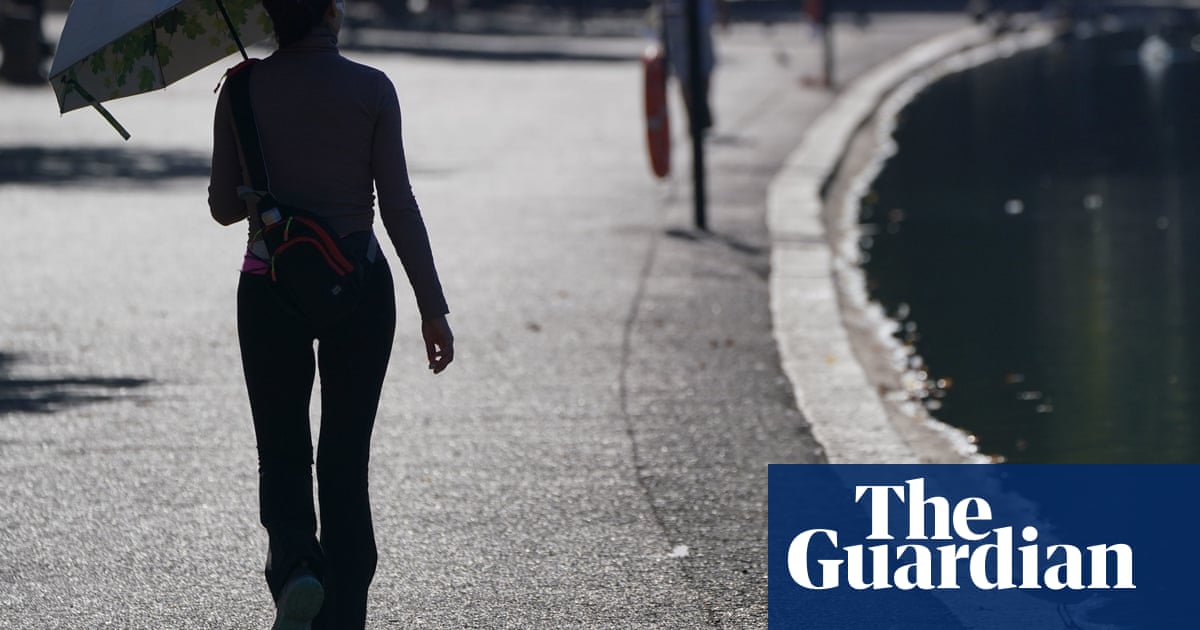An increase in demand for weight-loss drugs, including Mounjaro and Wegovy, as well as demand among its generation Alpha customer base for beauty products is driving expansion at Superdrug.
The retailer plans to add 25 more stores to its 800-plus strong chain this year as well as extending existing outlets, despite troubles across the high street that have led to the closure of hundreds of stores at its rival Boots and downsizing at chains from Poundland to River Island.
Superdrug is bouncing back from difficult times during the pandemic as demand for its weight-loss services soared almost 300% in the first half of this year compared with last year.
While many of the drugs are ordered online via its private GP service, the retailer is looking at how it can adapt and expand in-store services to cater to demand so that its team of nurses can offer help with the potential side-effects such as hair loss, for example. More serious issues, including problems with the pancreas, have also been flagged in some cases.
“For us it is good that people are getting healthier and fitter and that is really important,” said Simon Comins, the chief commercial officer at Superdrug, but those taking the drugs may want “social interaction in store” to help discuss any issues they encounter.
Superdrug, once the downmarket and dowdy rival to Boots, is also capitalising on the growth in the beauty market and its appeal to gen Alpha – people born from 2010 onwards – who are looking for in-store experiences as they head to the high street after school and on weekends.
The retailer has made a conscious effort to gain youth appeal, catering to the generations influenced by TikTok and Instagram.
Its latest gambit is the “beauty playground” – tables kitted out with testers of the latest hot products, mirrors and ring lights for flattering social media snaps designed to appeal to tweens and teens.
“Generation Alpha is our focus,” says Comins, touring the first of 30 planned beauty playgrounds in the group’s Westfield store in Stratford, east London. “They often come as a ‘squad’ and they like the opportunity to touch and feel the products.” As much as clicking [to buy] on TikTok is easy and convenient, people want to browse in real life.”
Even on a hot June lunchtime, a steady stream of young women are posing in front of the mirrors and testing out the products. The store has been extended by taking over two neighbouring outlets to give more space for experiences including a brow and nail bar, and piercing service.
It is part of efforts to draw shoppers into physical stores rather than just buying online. Other services that have been tried include barbers and hairdressers and trained hundreds of pharmacists who can offer free consultations on skin conditions such as acne – the kind of service it may be difficult to access via a GP.
Comins says Superdrug has a team that scans social media to pick up on the latest popular brands and has brought many into store including Geek & Gorgeous, Starface acne stickers, BPerfect cosmetics and the colourful Daise body care range appeals to tweenagers.
Industry insiders say the demand for beauty and cosmetics brand has even diverted spend from toys and other traditional products bought by not-quite teenagers.
Liz Tan, a senior strategist at the trends advisory firm WGSN, says ‘Zalpha’, the fringe generation that threads between gen Z and Alphas, are leading the beauty craze “having grown up immersed in social media, with influencers and creators promoting beauty products online.
after newsletter promotion
“Beauty brands are also increasing, building and establishing brand awareness, affiliation and emotional connection through digital playgrounds in gaming worlds like Roblox,” she says.
These youngsters are also getting into skincare regimes at a much younger age then previous generations as “health-conscious Millennial parents emphasise routine building as part of their daily lives”.
Alex Beckett, senior research director at market research firm Mintel, adds that young consumers are prompting their parents to spend.
“Thanks to their exposure to social media, YouTube and Netflix, gen Alphas are exposed to trends and dopamine-raising crazes intended for older adults, and they’re emulating them – essentially becoming hyper-informed consumers at an early age.”
For its older customers, Superdrug’s push into weight-loss services comes as thousands of patients in England are from this week able to access weight-loss jabs via their family GP. But the NHS rollout is limited to 220,000 people with the “greatest need” and many more people are prepared to pay for private access, so demand from high street and online chemists is expected to continue.
Recent figures from its rival Boots also indicated strong growth in pharmacy sales – up 5.4%, while its online Boots.com service increased sales almost 15% in the three months to end 31 May, although the group did not break out the contribution from weight-loss drugs. Analysts at GlobalData said the chain was benefiting from demand for treatments for skin conditions such as acne, as part of a wider trend – being encouraged by government policy – towards visiting the pharmacy before trying the GP.
Superdrug, which is owned by the Hong Kong conglomerate CK Hutchison Holdings, is expanding after Debenhams – once one of the leading beauty retailers in the UK – left the high street and House of Fraser and John Lewis have closed stores.

 6 hours ago
2
6 hours ago
2










 English (US)
English (US)